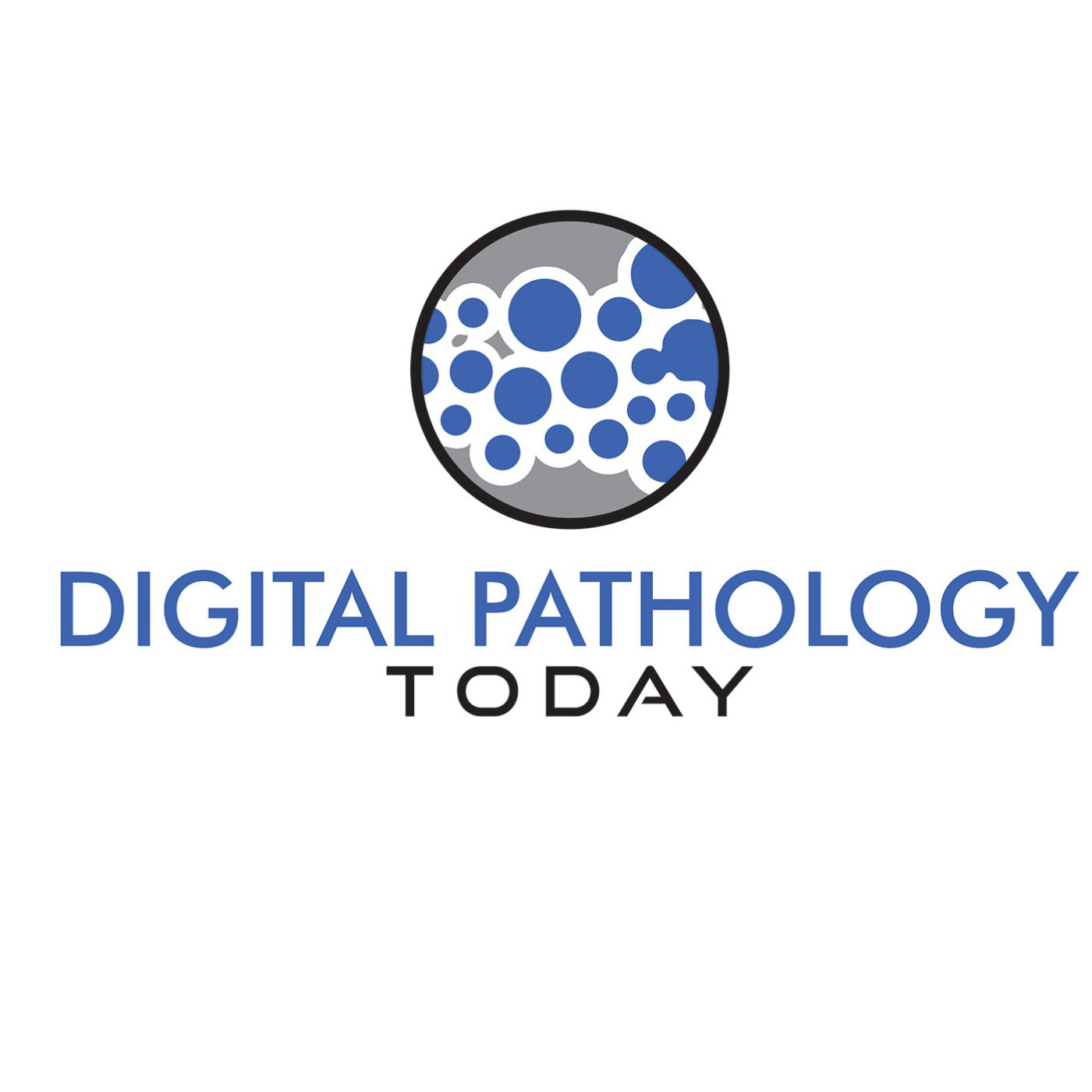
SEASON 2, EPISODE 17 - Yves Sucaet, PhD - In Search of The Standard File Format

Digital-Pathology-Today
Shownotes Transcript
We hear that multiple file formats or perhaps, more importantly, lack of a uniform file format seems to be a big issue in digital pathology. Why is this? What do we even mean by a file format? And will we be able to overcome this barrier on the road to full scale adoption of digital pathology?
Yves Sucaet, a PhD in Bioinformatics, has a research background in systems and network biology. In 2012, he became intrigued with the idea of applying bioinformatics algorithms to virtualized microscopic material (whole slide images).
Back in Belgium, he went on to co-found Pathomation, together with Dr. Wim Waelput and Dr. Mark Kockx. The mission of Pathomation is to provide software (middleware) for digital pathology, allowing any organization to efficiently implement any digital pathology workflow imaginable.
We discuss why there are multiple file formats and the challenges this causes. Do different types of applications necessitate different file formats? (i.e. 2d vs. 3-d imaging, H&E staining vs. fluorescence?) How does evolving technology and new vendor specific applications create problems? And of course, DICOM seems to be the most talked about format. Why has it become the standard in radiology but not pathology?